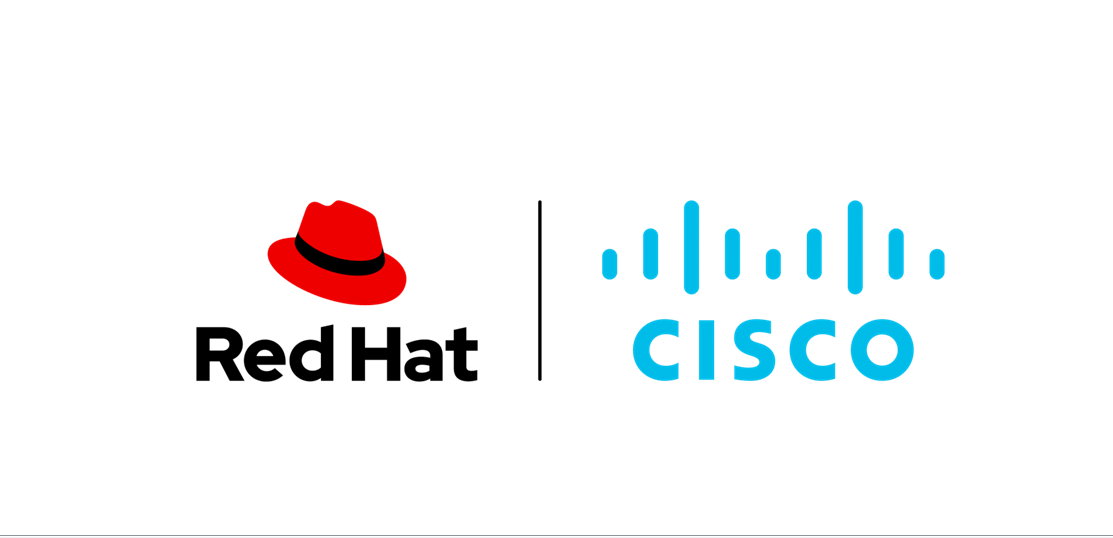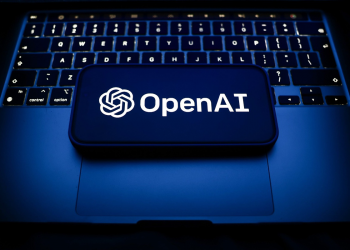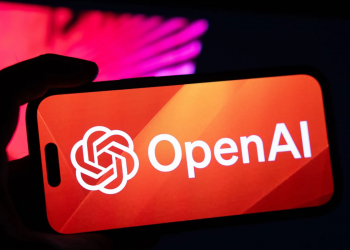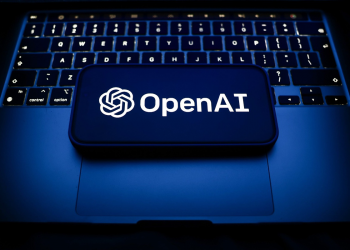- Certified configurations of OCI Compute resources can now run on Red Hat Enterprise Linux, delivering greater customer choice in distributed cloud environments
Red Hat, Inc., the world’s leading provider of open source solutions, and Oracle today announced a multi-stage alliance to offer customers a greater choice of operating systems to run on Oracle Cloud Infrastructure (OCI).
The strategic collaboration starts with Red Hat Enterprise Linux running on OCI as a supported operating system, improving the experience for organisations that rely on both OCI and Red Hat Enterprise Linux to fuel digital transformation and migration of mission-critical applications to the cloud.
Gartner’s “Forecast: Public Cloud Services, Worldwide, 2020-2026, 4Q22 Update” states that “worldwide, public cloud services are forecast to grow 18.5% in 2023” while “organisations continue accelerating cloud adoption, which is driving a five-year compound annual growth rate of 19.6%.”
This growth indicates a need for broad support of customer choice, both in terms of cloud provider and the operating system underpinning cloud environments.
Ninety percent of the Fortune 500 currently rely on Red Hat and Oracle solutions. For many of these companies, Red Hat Enterprise Linux serves as their operating system foundation and OCI offers them high-performing, mission-critical cloud services, to power digital-forward operations. Now these organisations are able to standardise their cloud operations with Red Hat Enterprise Linux running on OCI, which enables customers to gain a common platform that stretches from their datacenter to the OCI distributed cloud.
With this strategic collaboration, certified configurations of OCI flexible virtual machines can now run Red Hat Enterprise Linux, and customers can also migrate existing workloads already running on Red Hat Enterprise Linux to Red Hat Enterprise Linux on OCI with greater confidence.
OCI flexible virtual machines can scale in increments as small as a single CPU to optimise price-performance and minimise wasted resources.
Customers can also contact both Red Hat and Oracle support to help resolve potential issues, with an expanded transparent, joint support agreement.
Red Hat Enterprise Linux forms the backbone of Red Hat’s hybrid cloud technology portfolio, which includes Red Hat OpenShift.
Red Hat Ansible Automation Platform and additional technologies to support the modern cloud-native stack. With this collaboration, joint customers of Red Hat and Oracle can now create a foundation for future-forward computing deployments on Red Hat Enterprise Linux while still retaining the value of existing IT investments.
Availability
Red Hat Enterprise Linux is now certified on OCI’s flexible virtual machines that offer from one up to 80 CPU cores in single CPU increments, and from 1GB memory per CPU up to a total of 1024 GB, depending on the processor. Red Hat Enterprise Linux is initially supported on the most recent OCI virtual machine shapes using AMD, Intel and Arm processors.
More information on launching Red Hat Enterprise Linux on OCI, including step by step directions, is available here.
In addition, planning work has begun for Red Hat Enterprise Linux to be certified on OCI’s bare-metal servers, which can provide greater isolation and performance comparable to on-premises environments.












